I was very interested in this topic from the moment I picked Rwanda as the country I would travel virtually to. I have read about their high representation politically and how women have been the great force in healing this nation after the 1994 genocide. Imagine that by 1995 it was estimated that 60% to 70% of its population was female.
To be able to understand this topic, I think it makes sense to start with what the roles of women were before the genocide and what has changed in the different aspects of life after it.
Precolonial African societies were male dominated in every sphere: economical, social and political. A Rwandan proverb describes this perfectly:
“A women does not have an identity, she takes on her husband’s”.
This is not quite so anymore… or is it?
Education
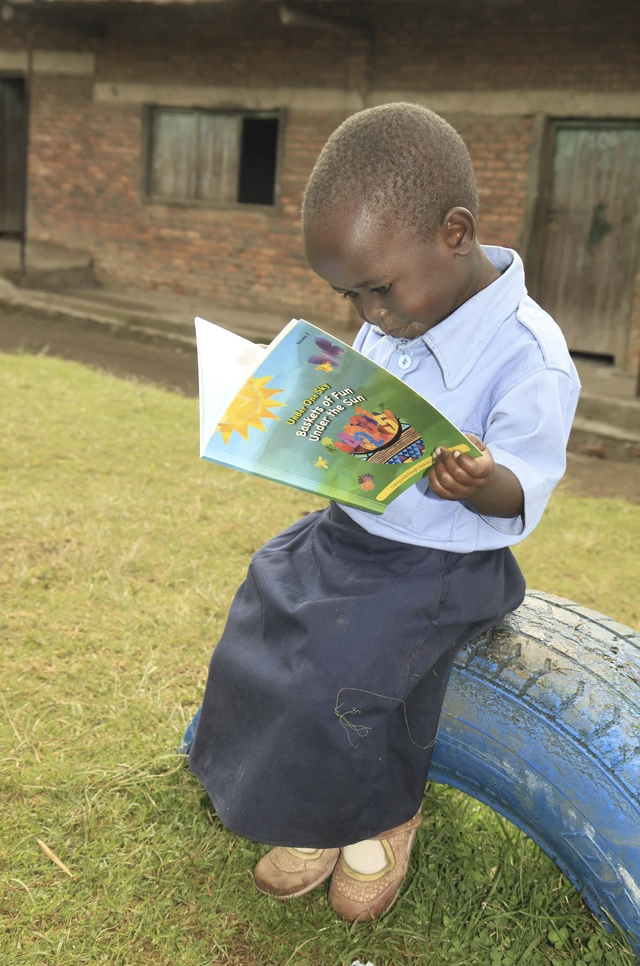
Before the Western influence, Rwandan children received a traditional pragmatic education.
Girls primarily received practical training from their mothers. They honed skills through a system of apprenticeship, gradually taking on more complex tasks within the household. This included:
Domestic Duties: Cooking, cleaning, childcare, and caring for the elderly formed the core of their education. (2)
Cultural Transmission: Storytelling was central in informal education becasue it helped to improve a child’s ability of expression. Singing, dancing, and listening to elders share oral histories, myths, and legends ensured the preservation of Rwandan culture.
Limited Options: The Importance of Agriculture
While girls weren’t excluded from all activities, some tasks were considered male-dominated. According to a research paper on Rwandan traditional music, “hunting, herding cattle, and some agricultural activities were the exclusive domain of men.” (3) However, women played a vital role in agriculture, responsible for planting, weeding, harvesting, and processing crops. (2)
The Arrival of the West: Catholic Missions and Education
Western influence on Rwandan education came primarily through Catholic missions established in the early 20th century. These missions placed a strong emphasis on religious instruction, incorporating a curriculum centered on prayer, love, and respect for God and the Church (4).
The Catholic missions gained significant control over Rwandan education, managing both elementary and secondary schools. While this expansion provided some access to formal education, it also created a system that largely benefited boys. Girls’ education remained a lower priority, with limited opportunities for them to pursue studies beyond basic literacy and religious instruction. (1)
This early emphasis on religious education and the focus on boys in Catholic schools had lasting impacts. It contributed to a gender gap in educational attainment that persisted for decades after Rwandan independence (2).
Big jump to 1962 when the government of Rwanda instituted free and compulsory education for children between age 7 and 12. Sadly, this system that was steadily growing came to a complete halt in 1994 as a result of the genocide. There was no school for an entire year as they were understaffed and were poorly equipped with materials to support teaching.
It was finally in 2003 that the country was able to reinstate free and compulsory education in the elementary level. This policy, particularly beneficial for girls, aimed to empower future female generations with knowledge and skills. Secondary education isn’t entirely free, but there are fee waivers for students from poor families. High school and college degrees are even more difficult to attain for the majority of Rwandans.
The fourth Population and Housing Census in Rwanda conducted in August 2012 (2012 RPHC) shows that 68% of Rwandan population aged 15 years and above were literate while they were 64.4% in 2002. In 2012, males were more literate (72%) than females (65%).
In general, the percentage of persons who have never attended the school dropped from 31.9% in 2002 to 18.7% in 2012. The percentage of females who have never attended schools was higher than the one of males who have never attended schools (27.9% against 22.8% respectively) and the percentage of persons with primary education level is higher in rural areas than in urban ones (58.4% against 48.1% respectively).
The reason that the level of primary education is higher in the rural areas is that most of the people of Rwanda live in rural areas: 72%! (Today)
Rwanda continues to make progress in girls’ education in recent years, with girls now outnumbering boys in primary and secondary school. However, girls are still more likely to drop out of school than boys, and societal views of gender roles can limit their access to resources and opportunities. The COVID-19 pandemic has also made it harder for girls to stay in school.
Here are some organizations that are working to support girls’ education in Rwanda:
- Right To PlayVolunteers share messages about gender equality and inclusivity to help shift attitudes and ensure girls can return to school
- Care.orgThe organization’s Safe Schools for Girls (SS4G) program works to improve retention for adolescent girls
- Rwanda Girls Initiative (RGI)The RGI’s Gashora Girls Academy of Science and Technology is an all-girls boarding school that offers opportunities for mentorship, internships, and career development. 95% of Gashora Girls go on to college, and 100% have been enrolled at Ivy League schools.
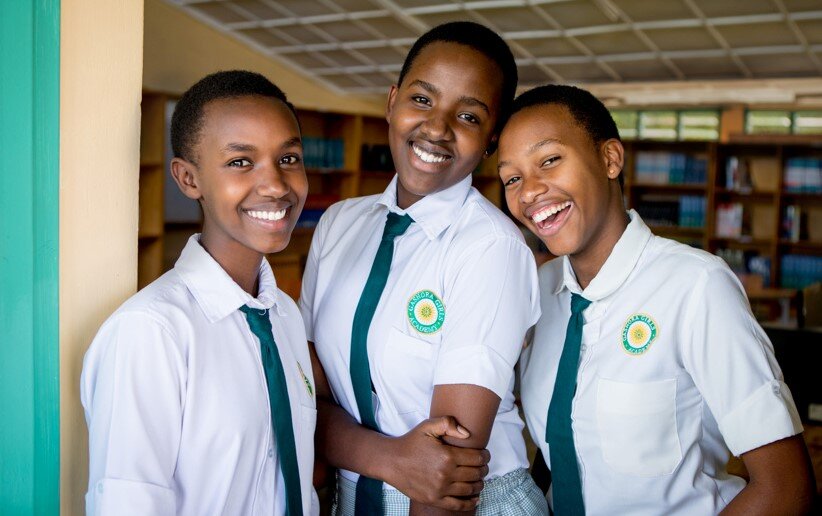
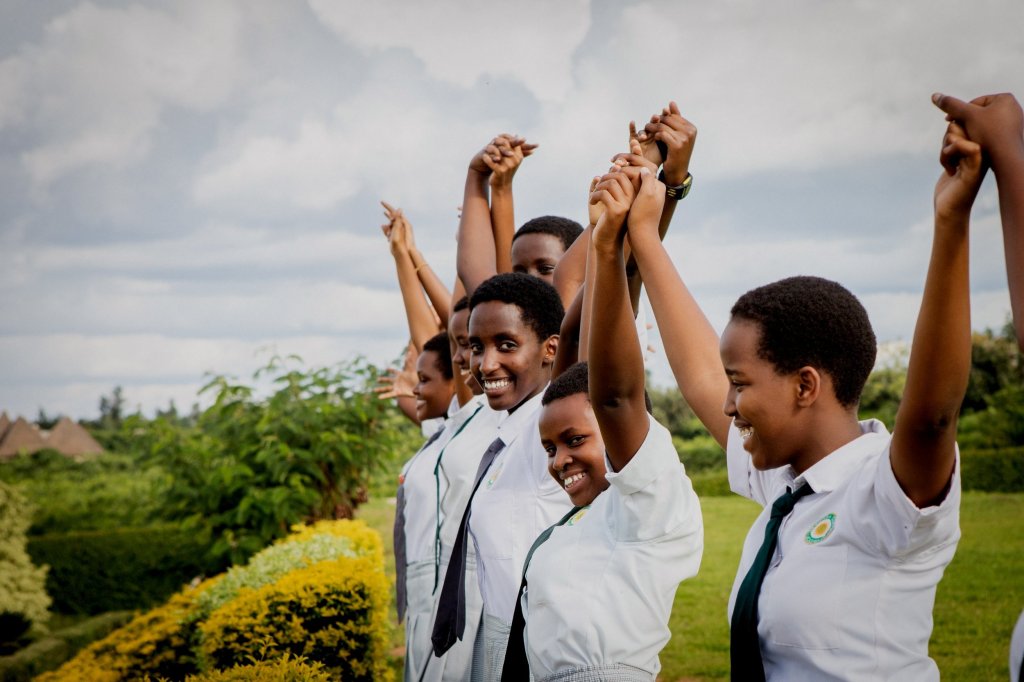
Economy
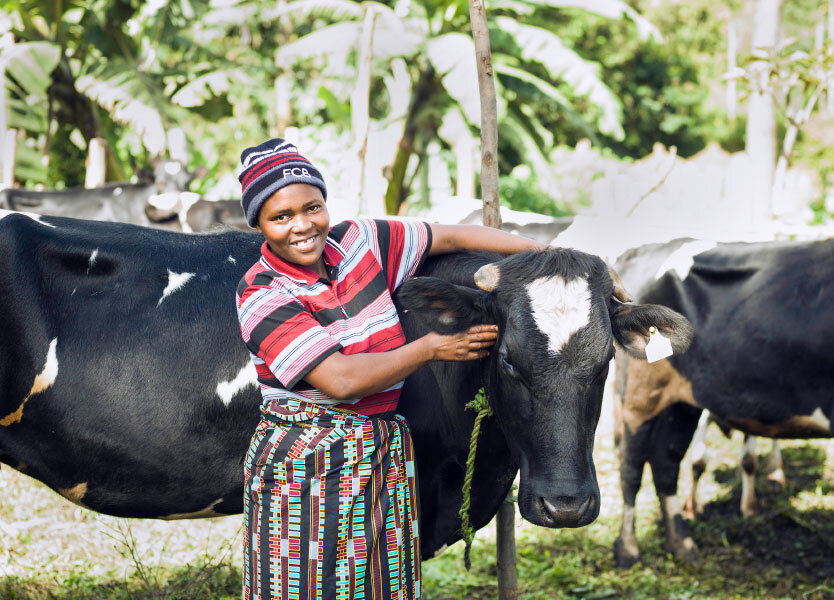
In the past, women were restricted of dealing with any economic issues. Women had no land rights and the land was inherited on a patrilineal base: from father to son. Even though women labored for many hours in fields to provide for their households, they only had access to cultivate the land through their fathers and husbands. Much less did they have any income from their work. (1)
Women were forbidden to build or fix house issues as these were considered “male” business. The same with chopping wood. Women were not allowed to deal in any way with the cattle, so no milking, walking them or even opening their fences. If a woman was not married or was a widow and didn’t have family (brothers) or sons to help with these chores, she needed to rely on the help of her male neighbors. (1)
And there were no women head of households.
Because many men were killed, maimed or forced into exile during the genocide of 1994 and were unable to fulfill their duties, women emerged for as head of households. According to the National Institute of Statistics in Rwanda as of 2021, 43% of households were headed by women. (1)
Women’s responsibilities have expanded and women have become increasingly more active in all aspects of Rwandan life and culture. The traditional limitations and and unequal distribution of gender power no longer commands respect in modern Rwanda. At the community level women are forming associations and cooperative societies that empower them economically and politically. At the national level, the government created the Ministry of Gender and Women Development to mainstream this gender into all its policies and programs. (1)
The government has enacted new laws that make it possible for women to own land the the right to care for their property. This is a timeline of some of the laws passed that have made a huge difference in women’s lives in relation to this:
1999: The Rwandan government passed the progressive Succession Law. This law granted women equal inheritance rights, allowing them to inherit land and property from their parents and spouses.
2004: The Land Law was enacted, recognizing women’s right to own land independently. This law also established a system for land titling, providing women with legal documentation proving their ownership.
2008: The Gender-Based Violence Law was implemented, offering legal protection to women from violence and discrimination, including those related to land ownership disputes.
These legal reforms have significantly improved Rwandan women’s access to land and property rights. As of 2023, women own over 20% of the land in Rwanda, a remarkable shift from pre-genocide times. However, challenges remain:
- Cultural Norms: Deep-rooted cultural beliefs that favor male ownership can still create obstacles for women claiming their rightful inheritance or managing their land independently.
- Lack of Awareness: Not all women are fully aware of their rights, and navigating the legal system can be complex.
Marriage
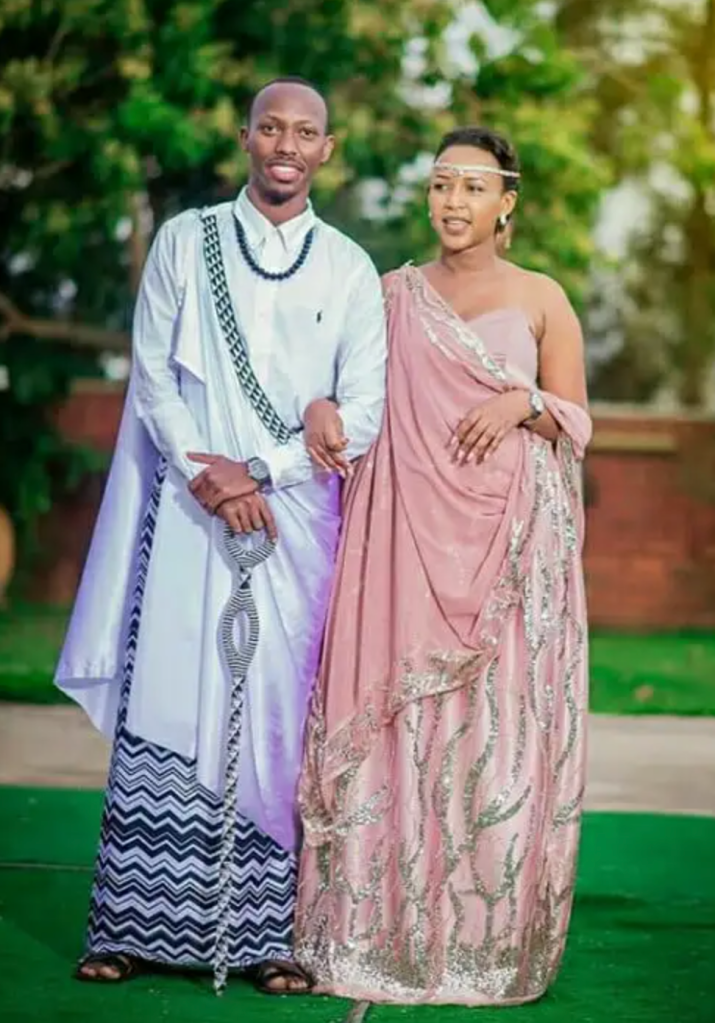
A woman who was married was not allowed to address her husband, her parents-in-law, her husband’s sister, brother or cousins by their first name. This prohibition remained in place even if the woman was divorced. This is a taboo called “gutsinda.’ If a woman called her parents-in-law by their name, she would have to go through a purification process drinking “isubyo”, a medicine administered by a doctor.
There is another phrase ““niko zubakwa”meaning “That’s how marriages are built” that basically supports physical and sexual abuse of married men over their wives.
“While Rwanda’s female dominated parliament has passed critical legislation pushing for gender equality, it has yet to change the detrimental social norms that plague Rwandan woman every day. The 2010 Rwanda Demographic and Health Survey (RDHS) found that out of 5,008 women surveyed between the ages of 15 and 49, 22 percent had experienced sexual violence and 41 percent had experienced physical violence at some point in their lives. Out of the 3,042 women that were married, 56 percent had been physically abused by their partner and 18 percent had been sexually assaulted by their partner (U.N., 2013). These attacks occur due to the violent history of women being oppressed being embedded into their history.” (5)
“Therefore, creating a culture around the violent degradation of Rwandan women that is accepted as “normal.” Although Rwandan Parliamentarians have passed legislature against the prevention of GenderBased Violence, very little Rwandan women make use of its protections. This is due to theculture surrounding the degradation of women remaining unchanged and incongruent with the legislature. This destroys any motivation for these victims to come forward. Because if they do come forward, it will be against their culture and seen as wrong. “(5)
In spite of all this, there are subtle changes on the taboos on women. For example, now a woman can create a new name for her in-laws, one that will be acceptable to everyone. (1)
Politics
In the aftermath of the devastating Rwandan genocide of 1994, women played a crucial role in rebuilding the nation. Their significant contributions extended to the political sphere, where a remarkable shift towards gender equality took place.
A key driver of this change was the Rwandan Patriotic Front (RPF), the political party that assumed power after the genocide. The RPF, recognizing the vital role women played during the conflict and reconstruction, actively promoted their inclusion in government. This resulted in a surge in female political participation.
Rwanda’s constitution, adopted in 2003, enshrined a quota system mandating that at least 30% of parliamentary seats be reserved for women. This policy, coupled with government initiatives to empower women, led to Rwanda becoming a global leader in female political representation. As of 2023, Rwanda boasts the highest percentage of women parliamentarians in the world, with women holding over 60% of the seats in the lower house (Inter-Parliamentary Union [invalid URL removed]).
This dramatic increase in women’s political participation has demonstrably impacted Rwandan politics. Women are actively involved in shaping policy across various sectors, advocating for issues like gender equality, education, and healthcare.
While challenges remain, such as ensuring women’s voices are truly heard and addressing traditional gender roles, Rwanda’s commitment to women’s political empowerment serves as a powerful example for other nations striving for gender equality.
I also found an article saying that this was a facade, that their high participation in politics does not really reflect back in their real lives. When interviewing these women serving in parlament…
“One told me how her husband expected her to make sure that his shoes were polished, the water was put in the bathroom for him, his clothes were ironed,” Justine says. And this husband wanted not only his shoes laid out in the morning, but his socks placed on top of the shoes. And he wanted it done by his wife, the parliamentarian.”
“…because of the way that gender equality came so rapidly to Rwanda, from the outside in, with no psychological buildup or women’s lib movement, it was harder for these politicians to talk about equality without appearing disloyal, not just to their spouses but to their country.”
“But what about Rwanda? What about a whole country?
Can a nation at odds with its own values eventually change itself from the outside in?
The answer Justine gave me is that real change takes time. Taking a shortcut can get you somewhere fast, but it leaves the next generation to circle back and address changes that were left undone.”
Cr. Article by NPR HERE.
Reading this and other articles that illustrate this discrepancy between the way women act politically and then in real life at home left me partly disappointed. It is obvious that some improvement has taken place in the lives of women in Rwanda… still, I hope Rwandan women… Circle back, fill those gaps and bring equality home!
I wish that of to all the women of this world!
Sources
(1) Book: Culture and Customs of Rwanda. By Julius O. Adekunle. Greewood Press, 2007.
(2) UNESCO: Rwanda
(3) Journal Publication by Noam Schimmel
(4) Catholic Church in colonial Rwanda, Wikipedia
(5) The Danger of Current Rwandan Gender Politics
Amani S. Briggs
Department of Interdisciplinary Studies, California Polytechnic State University
ISLA 461: Senior Project
Dr. Dawn Neill
June 14, 2020. See it HERE.
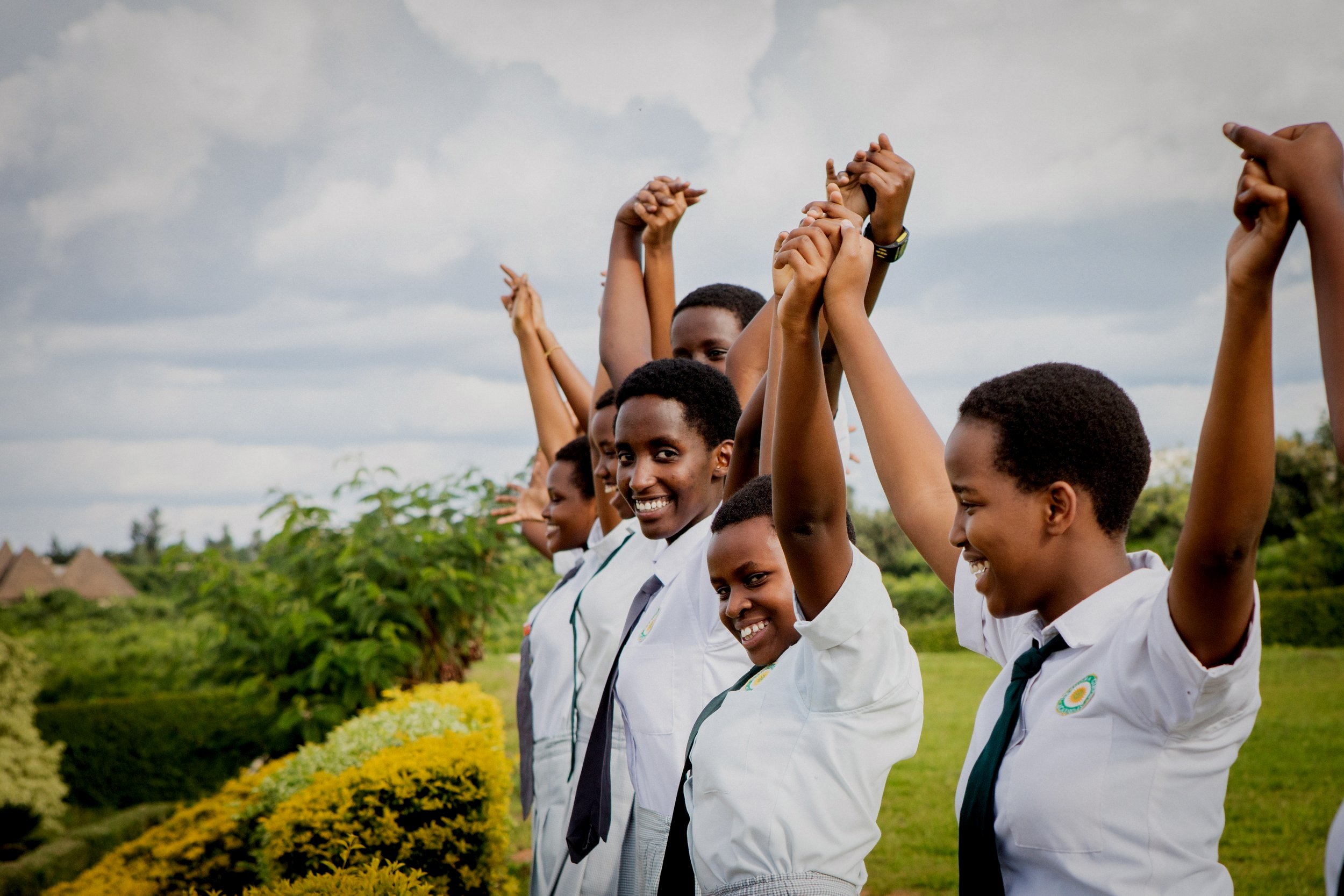
Felicitaciones Ma. Gabriela
describes muy en detalle la lucha de las mujeres en Rwanda por obtener Justicia social e igualdad de derechos y oportunidades frente al sexo masculino.
Seguro lo conseguirá algún día y mientras más rápido mejor.
Seguiré leyendo con mucha atención lo siguiente que publique sobre esta sufrida nación africana.
Aida Acuña
LikeLike
¡Muchas Gracias! Si… el universo siempre busca el balance…y ya es hora de que el peso femenino se sienta, no solo en Rwanda sino en todo este mundo.
LikeLike